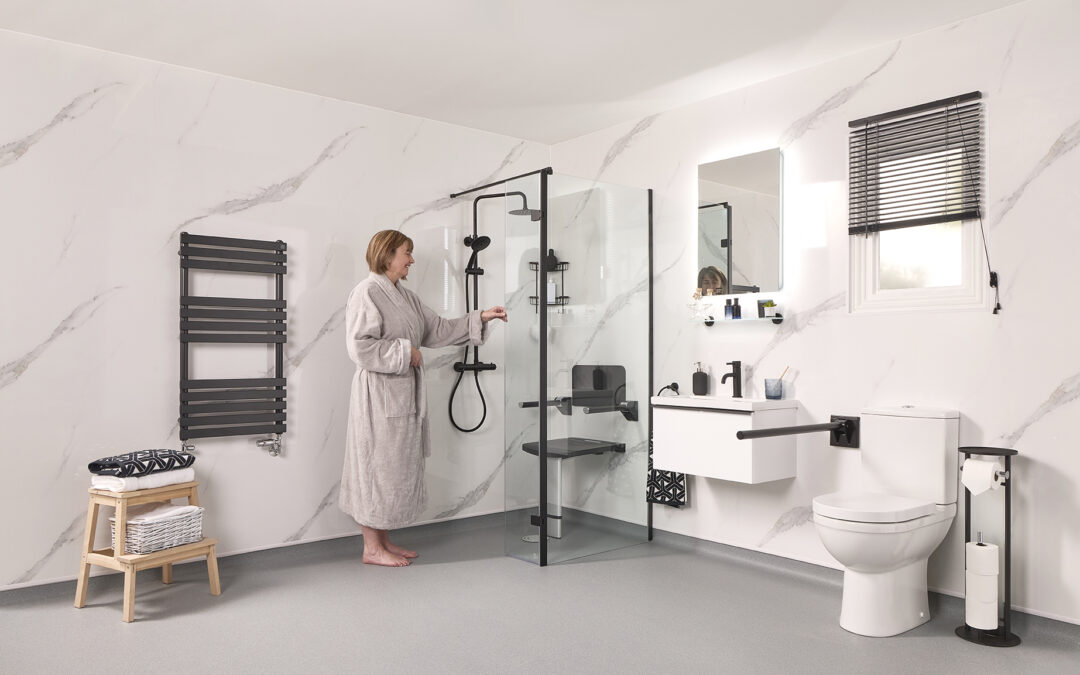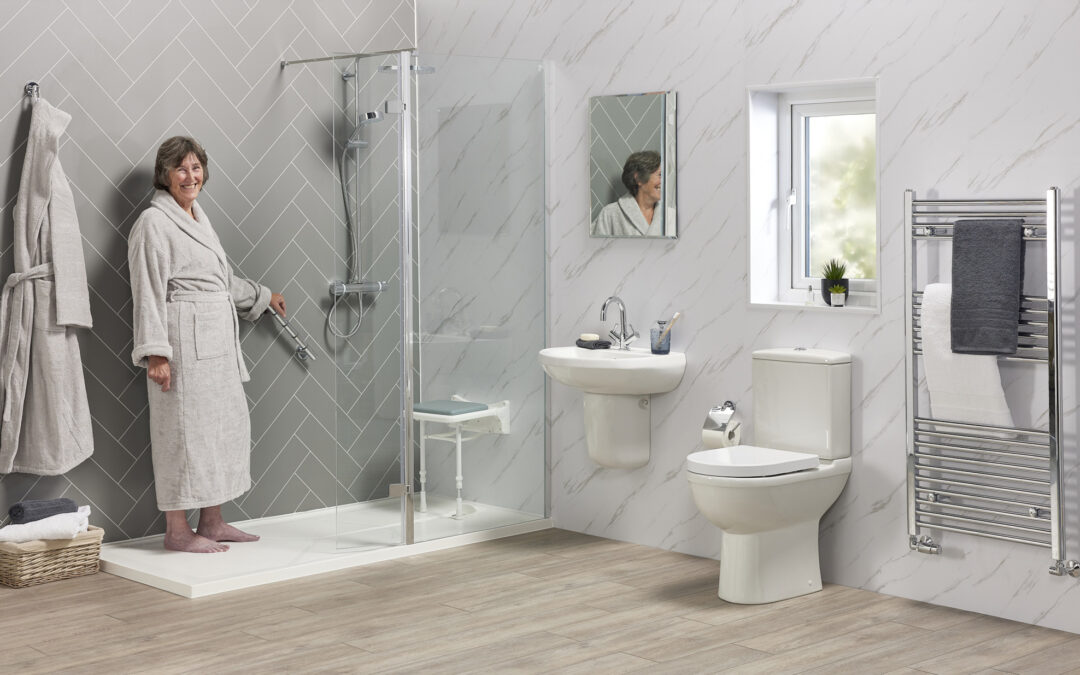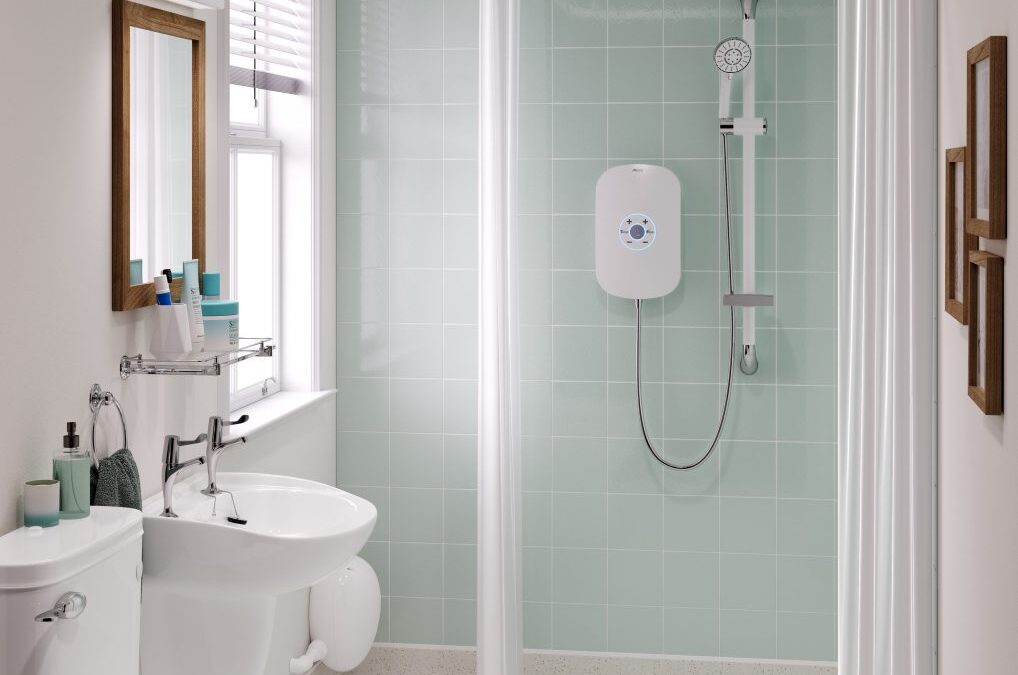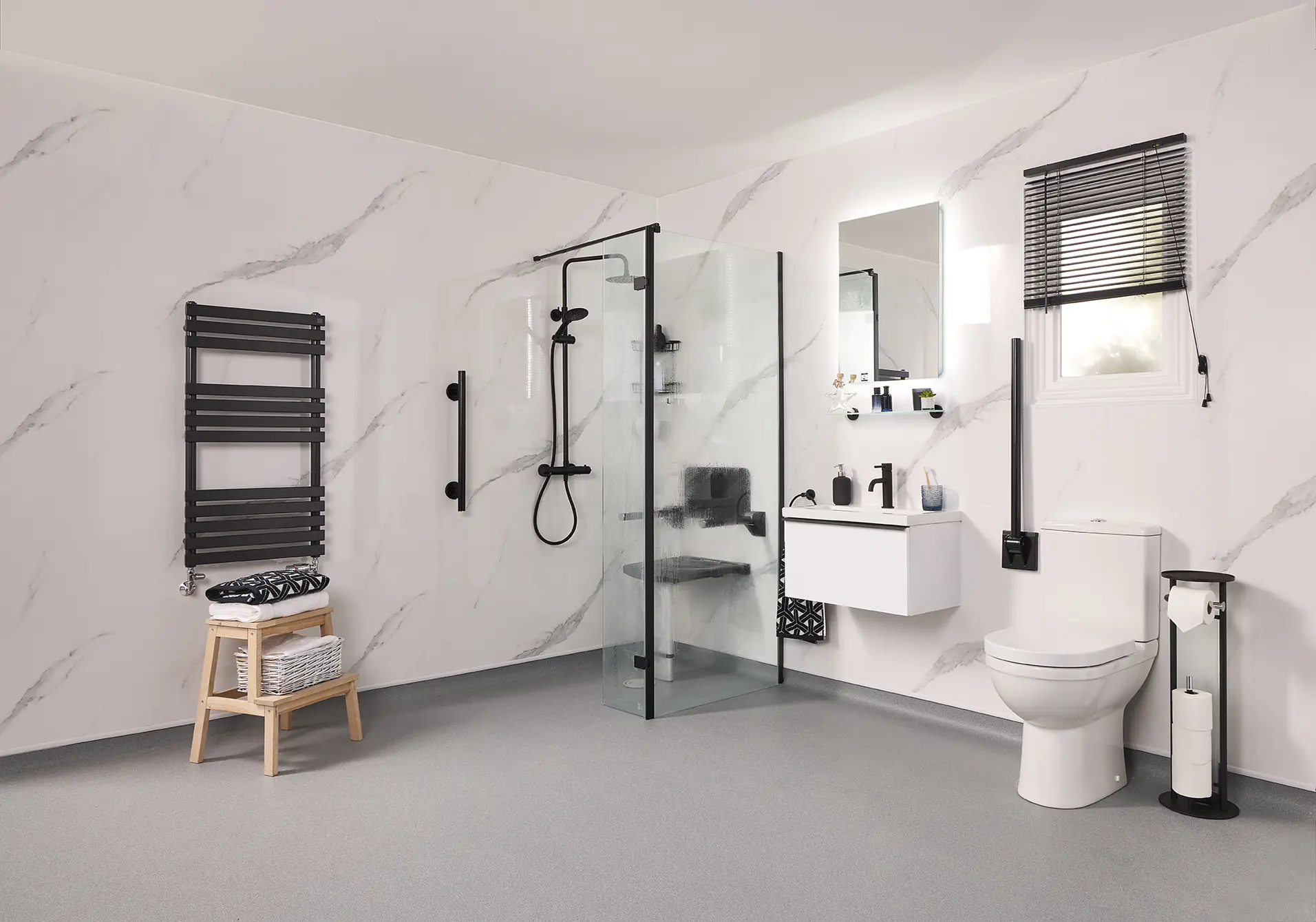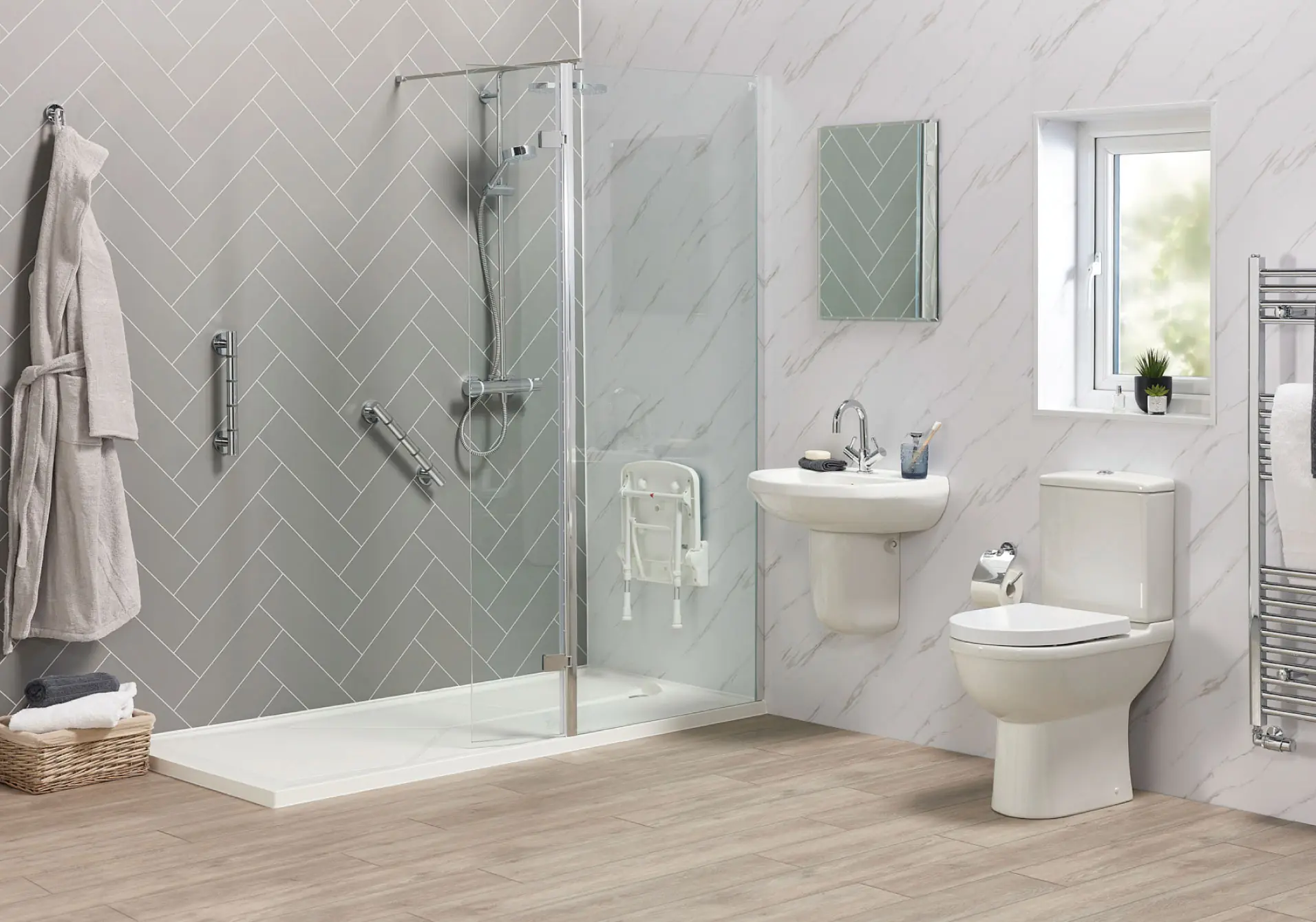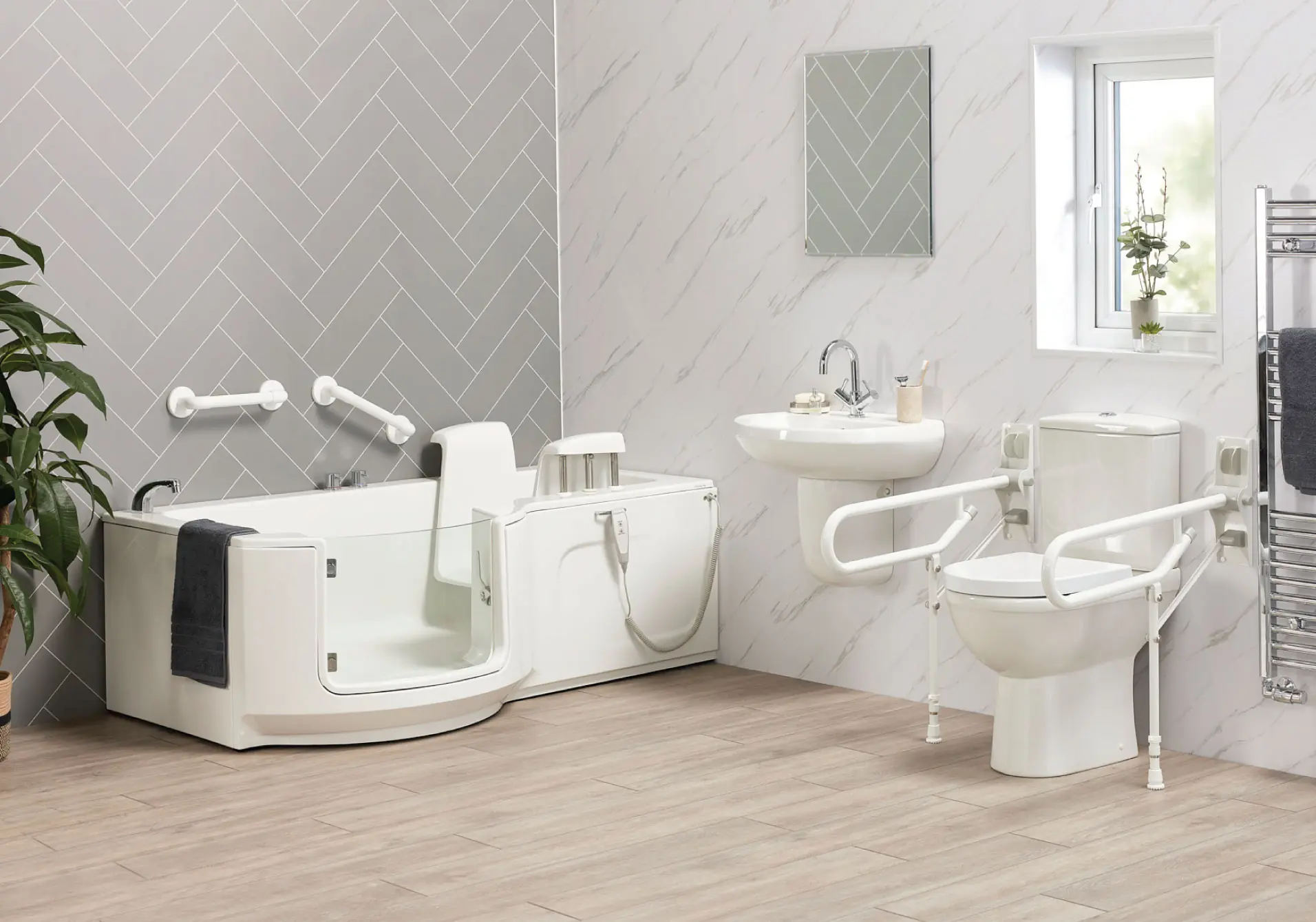As we age, the normal daily routines that we take for granted when we are younger start to require more effort and we often choose to drop those that we deem less essential or at least perform them less regularly or less thoroughly.
Personal hygiene habits are often affected, particularly if advancing age is accompanied by dementia or if a visit to the toilet or taking a bath or shower must fit into the schedule of a busy professional caregiver.
But not being able to use the bathroom when they need to can seriously impact the physical health and mental well-being of the elderly.
- Infrequent bathing, particularly when combined with incontinence, can increase the risks of infection and sickness. It can also have a detrimental effect on one’s self-esteem, leading to reduced social contact.
- Having to wear incontinence products simply because one cannot use the toilet without assistance is demeaning, while drinking fewer fluids is merely a short-term fix with long-term health complications.
Even with the assistance of a caregiver or younger relative, using a bathroom that hasn’t been adapted for the elderly can be time-consuming, undignified and potentially dangerous for the elderly person and the caregiver.
If you are reading this article you are probably considering how you can provide better bathroom facilities for an ageing parent, either in their own home or in yours. The good news is, that there are plenty of products out there that can make a huge difference to their independence, health and quality of life.
An adapted bathroom can also give you greater freedom – freedom from concern about your parent’s hygiene-related health, freedom from worrying about their safety in the bathroom and freedom from having to assist them in their toileting and showering needs.
What does an adapted bathroom look like?
Adapting a bathroom for the elderly is as individual as your parent and their needs. Minor limitations may simply require small changes to an existing bathroom – grab rails and support bars next to the toilet and in the shower, a folding or fixed shower seat, or adapted taps that are easier to turn on and off with arthritic hands.
At the other end of the scale, a greater loss of mobility might require a full remodel of the bathroom to create a wet room that allows full wheelchair access to the toilet and shower.
The broad range of products available for adapting a bathroom for the elderly can be confusing, which is why it’s always a good idea to discuss your parent’s needs with bathroom adaptation specialists such as EA Mobility. With their extensive experience in creating assisted and independent bathing solutions for customers with age- and medical-related disability issues, they will be able to talk you through the various stages of your parent’s needs as they age and agree on adaptations that will meet those needs.
What adaptations should I consider?
We would always recommend talking with a bathroom adaptations specialist before deciding on what changes you should make to a bathroom, but here are a few products to give you an idea of the options available to you.
1. Wet room
When a bathroom is converted to a wet room a fully sealed waterproofed membrane is installed behind the wall and floor coverings, to prevent any escaping water from damaging the structure of the walls or floor. The slip-resistant flooring is also profiled to direct all water to an integral drain outlet; this allows a showering area to be constructed without restrictive thresholds, steps or doors.
A wet room is particularly useful if your parent is wheelchair-bound or if you also need to access the showering area to assist them with bathing. You will also find it is easier to clean than a conventional bathroom and its open-plan design is both practical and stylish.
2. Walk-in shower
Although not as waterproof or spacious, a walk-in shower is a lower-priced alternative to a wet room, offering easier access than a conventional shower tray and cubicle that often has a high step.
Installation of a walk-in shower is easiest with a low-level access shower. This has a step of 60mm or less and is an ideal solution if you are considering replacing a bath with an accessible shower.
A level access shower is a walk-in shower with a lip of 10mm or less, making it virtually flush with the bathroom floor and reducing the trip risk when your parent enters and leaves the shower. Level access showers are also suitable for unassisted wheelchair access.
Adding grab rails and a fixed, folding or freestanding shower seat will also improve safety, while a carer height shower screen will contain water spray within the shower while allowing a carer to assist from outside.
3. Body dryer
Using a towel to dry off after a bath or shower can be tiring on weakened muscles and rough on the thinner and more fragile skin of the elderly. A body dryer is an excellent alternative as it can be easily incorporated into a showering area or a corner of the bathroom and offers wide benefits including:
- Eliminates the need for assistance when drying
- Completely dries all body areas to prevent infection and sores
- Reduces condensation, limescale and mildew in the shower area
- Removes the need for heated towel rails (which can also be a burn hazard) and frequent towel washes
4. Bath lift
Showering isn’t for everyone, particularly an older generation who were brought up on the luxury of a good soak in a bath, and this can still be possible with a bath lift.
The Hydrolift from EA Mobility is designed to be fitted over an existing bath and retract when not in use so the bath can still be enjoyed by others. It requires no mains power connection and can be easily and safely operated by the user for independent bathing.
5. Walk-in bath
Another full bathing option for an elderly parent is a walk-in bath, available in a wide range of styles to suit every preference and requirement. Walk-in baths are easily added to an existing bathroom as they have a footprint of the same size or less than that of a conventional bath.
Low-level and ultra-low access make it easy to enter the bath via a watertight door. Once in the walk-in bath, your parent can remain sitting in an upright position and be surrounded by deep water for a luxurious soak or be gently lowered into a half-sitting or lying position.
The bathing experience can be enhanced by adding Air Spa body massage, chromotherapy and a Bluetooth sound system (available on any walk-in bath from EA Mobility).
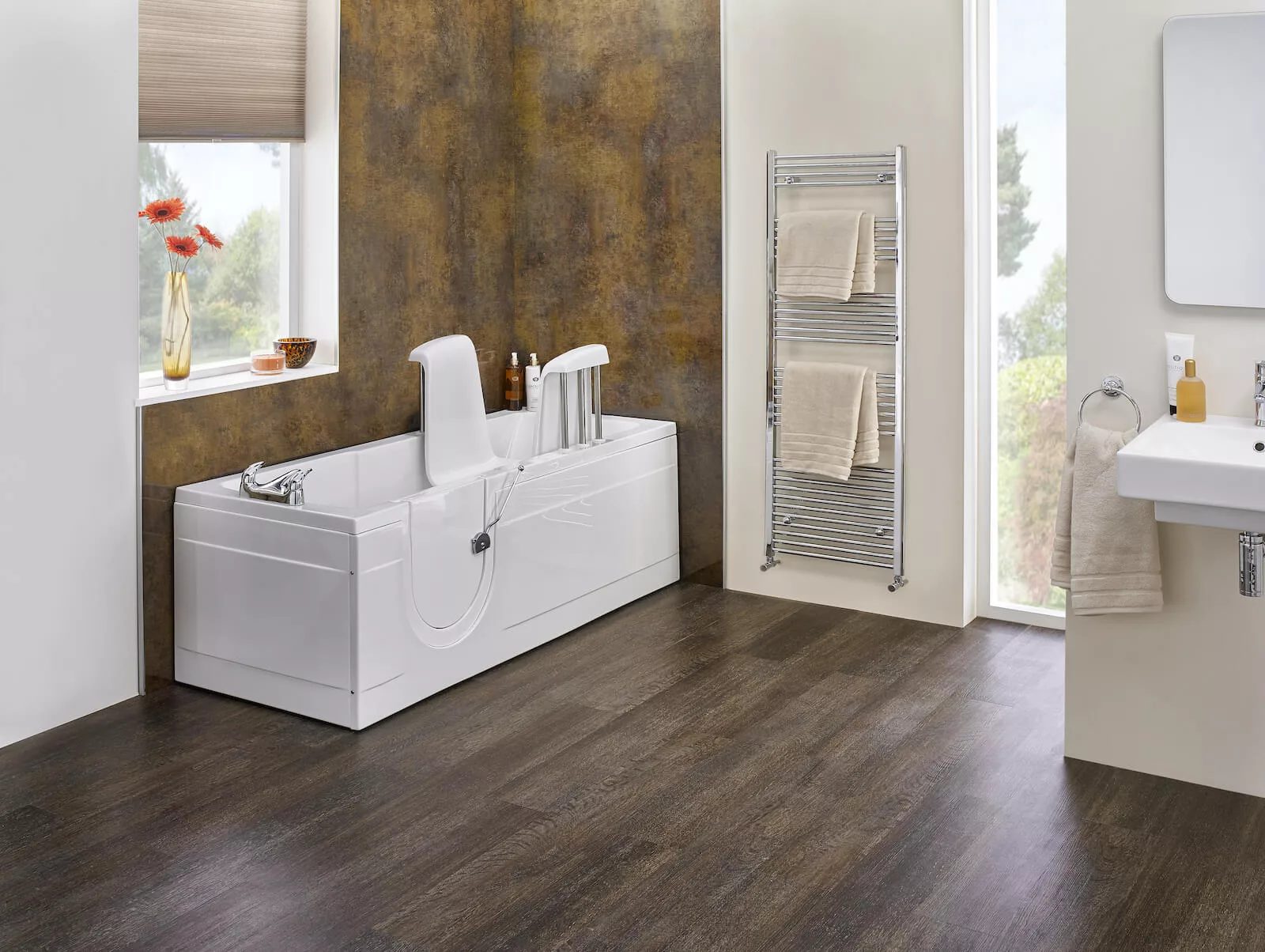

6. Raised height and smart toilets
A raised height toilet makes it easier to sit down and stand up from the toilet. Placing a grab rail or drop-down rail within reach will also help.
Independent and hygienic toileting is possible with a smart toilet, eliminating the challenges of movement and faecal contamination presented by conventional wiping.
A smart toilet replaces toilet tissue with a gentle and hygienic automatic wash/dry cycle, using warm water and warm air for a pleasant and total cleansing experience.
7. Accessible wash basins
An accessible wash basin is designed to simplify hand hygiene for the elderly and disabled. Integral hand grips at the front of the basin give support and assurance to users with leg weakness or standing stability issues, while a raised rim around the basin prevents water from spilling onto the floor.
Wheelchair access is also provided, with ample space under the sink to allow the chair to be wheeled fully into position. A basin with electrical or manual height adjustment can be set at the correct height for sitting or standing to wash hands or hair, brush teeth or shave in comfort.
How can EA Mobility help?
As a specialist bathroom adaptation provider, we have many years of experience and a wide range of solutions that can be tailored to your individual needs.
Every client’s needs are different, which is why we like to start with a visit from one of our home assessors. This is completely free and without any obligation to use EA Mobility for your bathroom adaptation.
It’s also an opportunity for us to get to know you personally and to assess your needs while giving you professional, unbiased and personal advice on how your bathroom can be adapted.
We have an in-depth understanding of the limitations that come with degenerative and age-related conditions and our friendly assessors will treat your enquiry with empathy and respect for you and your parent’s dignity and privacy.
If you choose to use EA Mobility for your bathroom adaptation our designers, fitters, electricians, plumbers and decorators will manage the entire project from concept to completion, working to the highest standards and with minimal disruption to your home and life.
If you would like to book a visit from one of our home assessors, please call us on 0800 468 1023 or fill out our online contact form and we will respond promptly.




